The after-effects of lockdown will carry on for months. What will this mean for our cities? How will this pandemic shape our future urban interactions and the way we perceive life in cities? LSE alumna Louise Ribet says it is never too early to start thinking about the new normal.
The current urban mood is a strange one. Cities have suddenly become hostile hotspots, where the risk of contagion is the greatest. The density of our cities is more palpable than everand our homes have never felt smaller. Those with gardens are rejoicing in the cathartic activity of gardening. Those with countryside homes are fleeing the city.
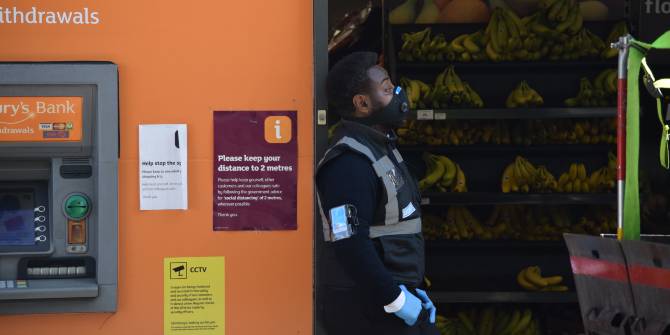
Many urban commentators are proclaiming the return of rural nostalgia, and sometimes even the death of cities. Some predict an anti-urbanist turn, where economic recession will hit urban populations the hardest, leading to depopulation and the regression of our cities. There is no denying that cities, and lower earners within them, will bear the brunt of the economic crisis to come.
So is this the end of cities as we know them? In this phase of radical transition, there is certainly room for new urban futures to be imagined. I believe, the problem with cities’ responses to the pandemic is not so much a problem with the way our cities are designed as it is with the forms of urban governance that support them. While COVID-19 exposes how vulnerable our urban infrastructure is, it is also providing a stage for new forms of urban organisation and collective intelligence never before seen on this scale.
While these new forms of organisation may all be transitory, the speed with which technology has been adopted and the way communities, businesses and cultural and academic institutions have responded to the crisis offers some insights on how we can address inequality and support more inclusive development in cities. It also offers a glimpse into an urban future where local places are celebrated, communities are more resilient and neighbourhood institutions play a more prominent role in urban welfare.
Having recently joined one of the UK’s thousands of neighbourhood Whatsapp groups (which aim to support vulnerable members of our community and address issues around loneliness and food poverty), I have been blown away by the force, speed and efficiency with which the volunteers have been organising themselves. In the span of one week, the number of volunteers grew from 13 to 168. I have already been in touch with dozens of neighbours who I would never have spoken to otherwise. Social media is no longer just a tool for passive scrolling and distant observation, but is becoming a real platform for civic engagement and active interaction. These neighbourhood initiatives are also demonstrating how citizens, in times of emergency, can step up and fill a gap in public service provision.
The response of the cultural world to COVID-19 has also shone a light on how technology can act as a tool for democratising access to culture. Cultural institutions around the world, who have closed their doors to the public, are now welcoming virtual visitors. Museums in Italy are opening up galleries online and operas, including the Berlin Philharmonic and the National Opera of Paris, are streaming concerts for free. While the digitalisation of culture is not new, COVID-19 is forcing cultural organisations to take this a step further.
The business and academic world have not been silent on the issue either. Companies like iGeolise, a travel and mapping software firm, are opening their data “for free to anyone who can use it to plan a better response to COVID-19”. Arup’s City Modelling Lab recently wrote an open letter to offer their help on coronavirus initiatives. King’s College London has launched a self-reporting app, allowing anyone to report symptoms of COVID-19 and helping experts track the spread of COVID-19 in real time. Space Hive, a funding platform for ideas that bring local civic and community spaces to life, has stopped charging fees to fundraisers.
For these newly found forms of solidarity to sustain themselves, and for communities to become more resilient in a post-COVID-19 chapter, a commitment from government to support and reinforce the goodwill of civic action will be necessary. The rise of civic networks through digital infrastructure is a gateway to more socially-conscious ways of shaping a city and should be recognised as a durable form to developing more inclusive economies for cities. Systematically integrating neighbourhood groups, cultural organisations and educational institutions into the formal channels of public service provision provided by councils could be one way to do this, especially around measures relating to tackling loneliness, food poverty and access to culture. The role businesses can play in supporting councils around health issues should also not be forgotten and should be explored as a path for future collaboration.
It is yet to be seen how the world of finance and infrastructure investment will react to this urban health crisis. I surely hope that this will probe investors to adopt triple-bottom line approaches when thinking about how we invest in cities and their infrastructure, with the goal to stimulate a greater return for local economies. City governments will have a role to play in promoting investment in their local assets, and more localised patterns of production-consumption. The return of the localised economy in cities already seemed to be a growing trend before COVID-19 hit, with cities like Paris promoting the “15 Minute City” concept, which is all about urban proximity and creating tighter urban networks. It will be interesting to see whether in a post-COVID-19 world, this investment in local economic markets can establish itself as a viable alternative to current practices.
It may be too soon to draw lessons from the COVID-19 crisis, but it is never too early to start thinking about what could become the new normal. According to an article by Fahrenheit 212, “This is a time of unexpected disruption”, and “moments of significant disruption open up the possibility of an ecosystem shifting to a new equilibrium”. City makers will need to reflect on how they can redefine forms of collective action in the city in the post-COVID world, and the new role digital infrastructure can play in locally inclusive development. And for the rest of us, this is a time to rethink our relationship with our cities and the choices we will make to help them come back stronger. If there is a time to do away with recycled urban concepts and think differently, it is now.
This post represents the views of the author and not those of the COVID-19 blog, nor LSE. It is an edited version of a post that first appeared at the LSE Progressing Planning blog.


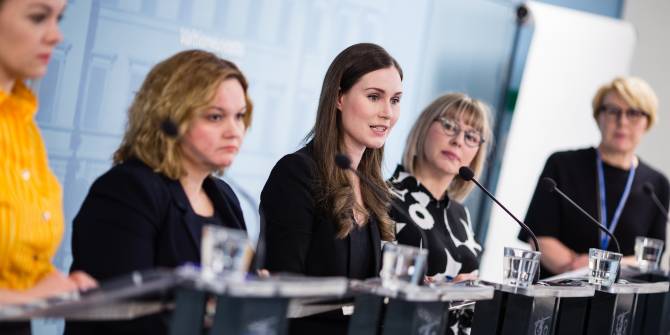
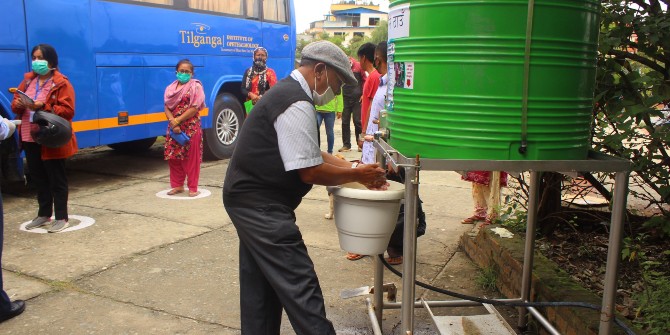
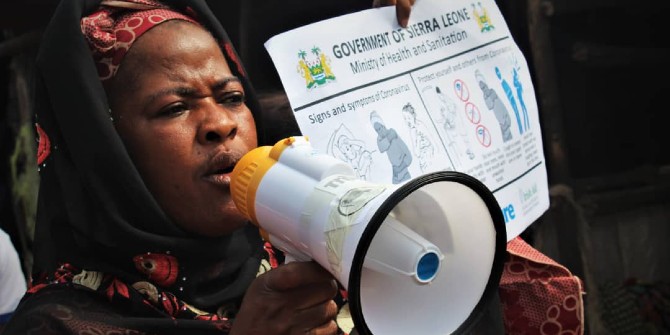
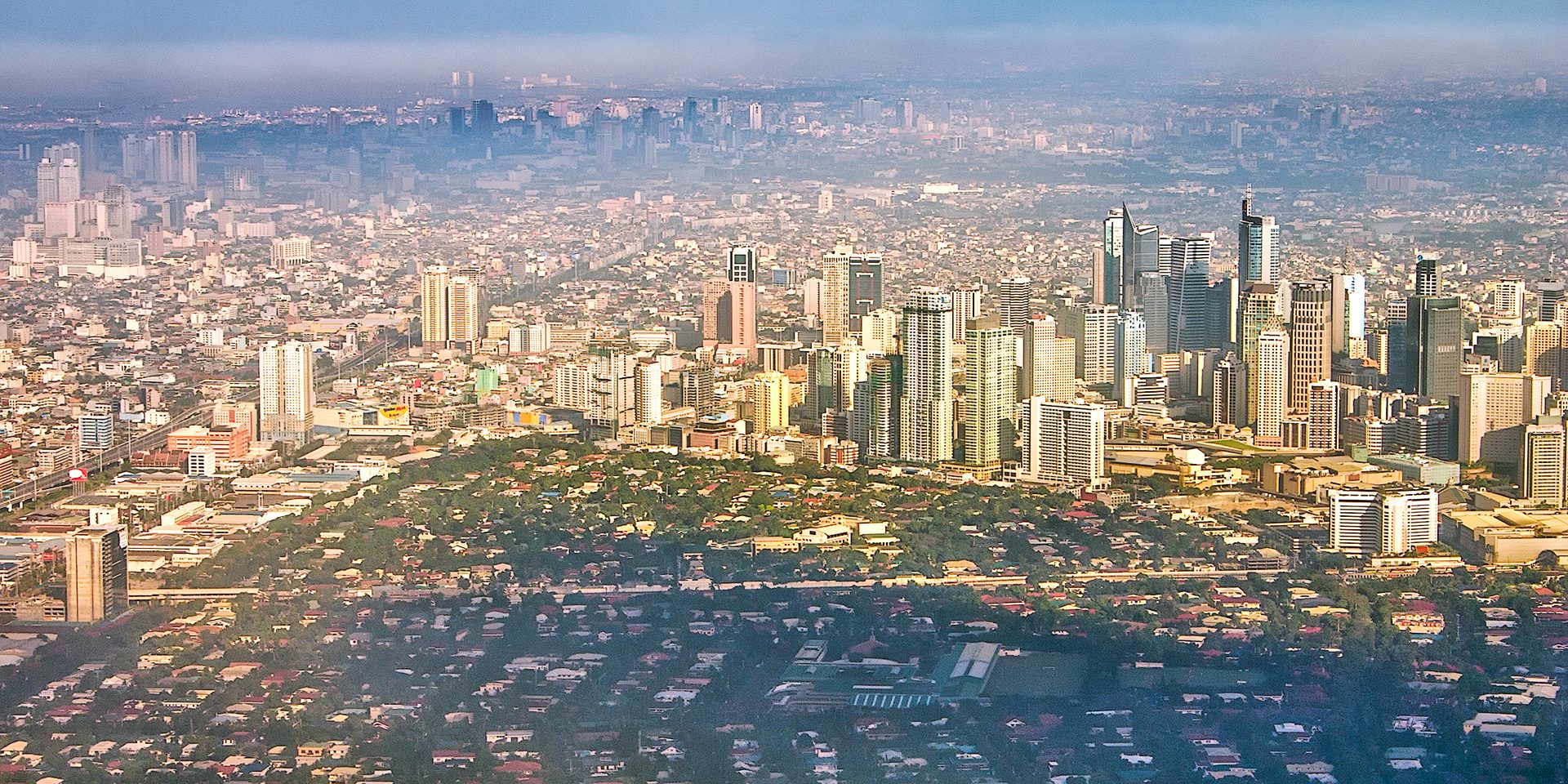
Interesting take on things. However, do you think that society will really change? We’ve seen throughout our history that when we have a national crisis like in wars, the country does tie together. Yet in the aftermath, we return to what has typically been seen as ‘normality’ – the means of isolation (partly helped driven by a preference of technology over our fellow brethren). Forgive me if I am being too pessimistic, yet I think society will revert back to its old ways of an inconsiderate nature. Many will return back to their tunnel-visioned days of commuting, little consideration for those less well-off such as the homeless, and whilst this epidemic will never be forgotten, it won’t be as prominent when we come to make a decision.